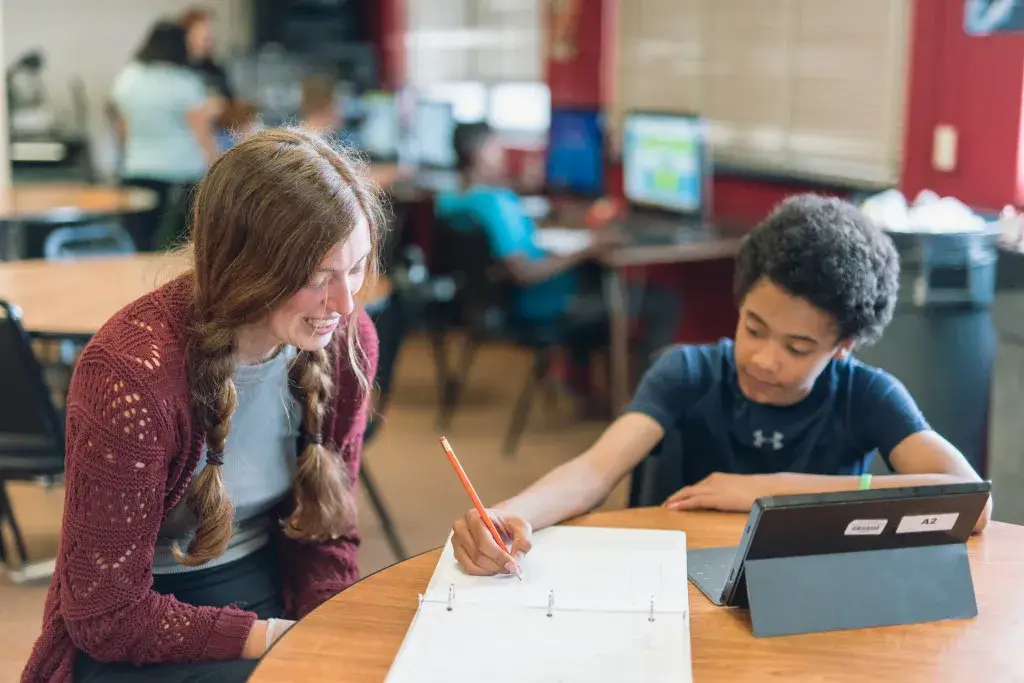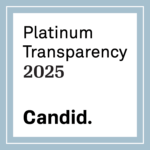The Foundation exists to fill financial gaps for students and teachers within the district. It is NOT an extension of the district’s budget, which includes tax dollars and is used for building maintenance and teacher salaries.

Instead, we focus on making sure everyone has a fair chance to provide and experience a quality education. Our privately generated funds directly support our educators and the students in their classrooms.
For instance, district staff can seek reimbursement for personally supplied classroom materials. They can also apply for funding on behalf of a student who would otherwise not have the means. This might include a new pair of glasses, which are necessary for learning. A pair of cleats, which are required for participation in athletics. Or apply for a grant to continue their own education through a workshop, certification, or graduate level studies.
Learn More
About Giving Back
This impact is essential. It’s the difference between a student not having access to growth and experiences that can shape a student’s future and change the trajectory of the rest of their life.

Responsible Charitable Giving
Can you ensure that your donation has impact? Absolutely.
The majority of annual charitable donations come from individuals, not foundations or corporations. With citizens giving so much of their own money to charities, it’s imperative to know how to donate responsibly.

- — Jason Kline,
- Principal, Kennedy High School
